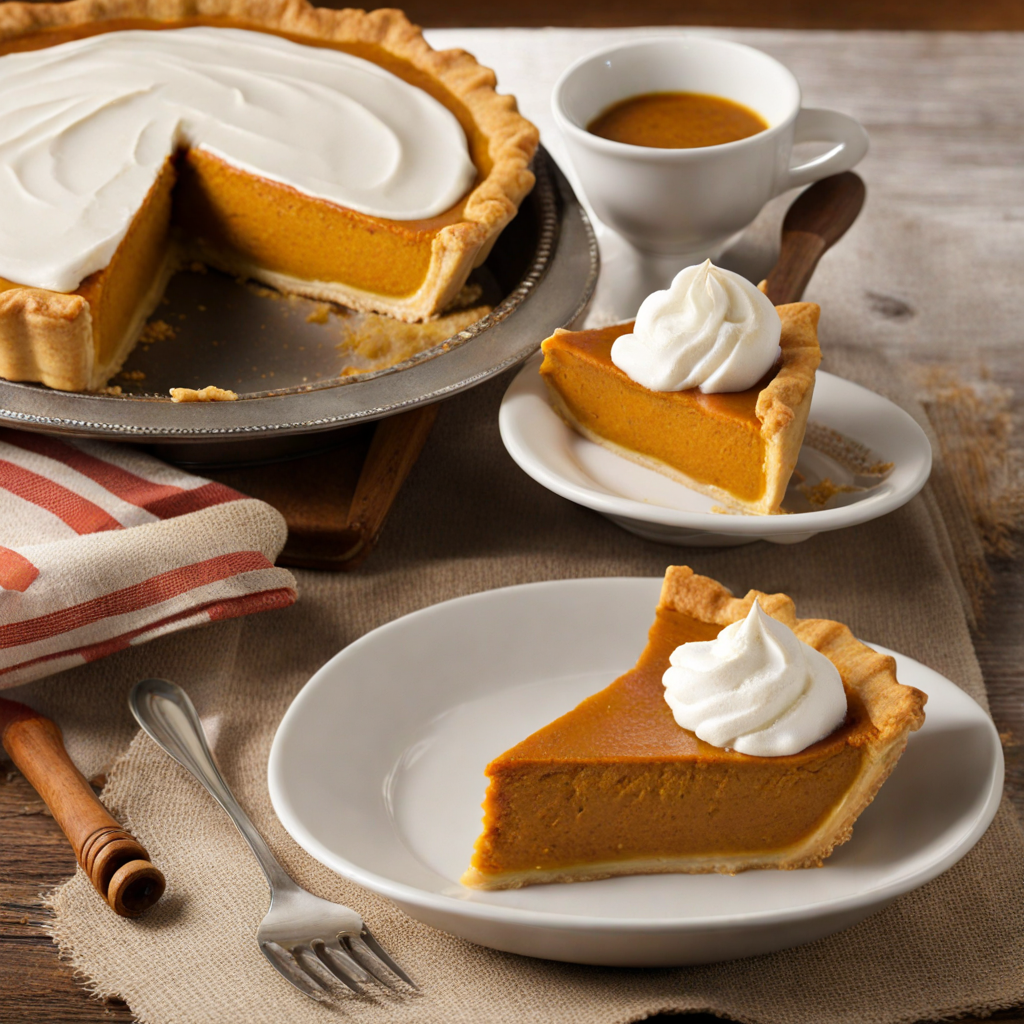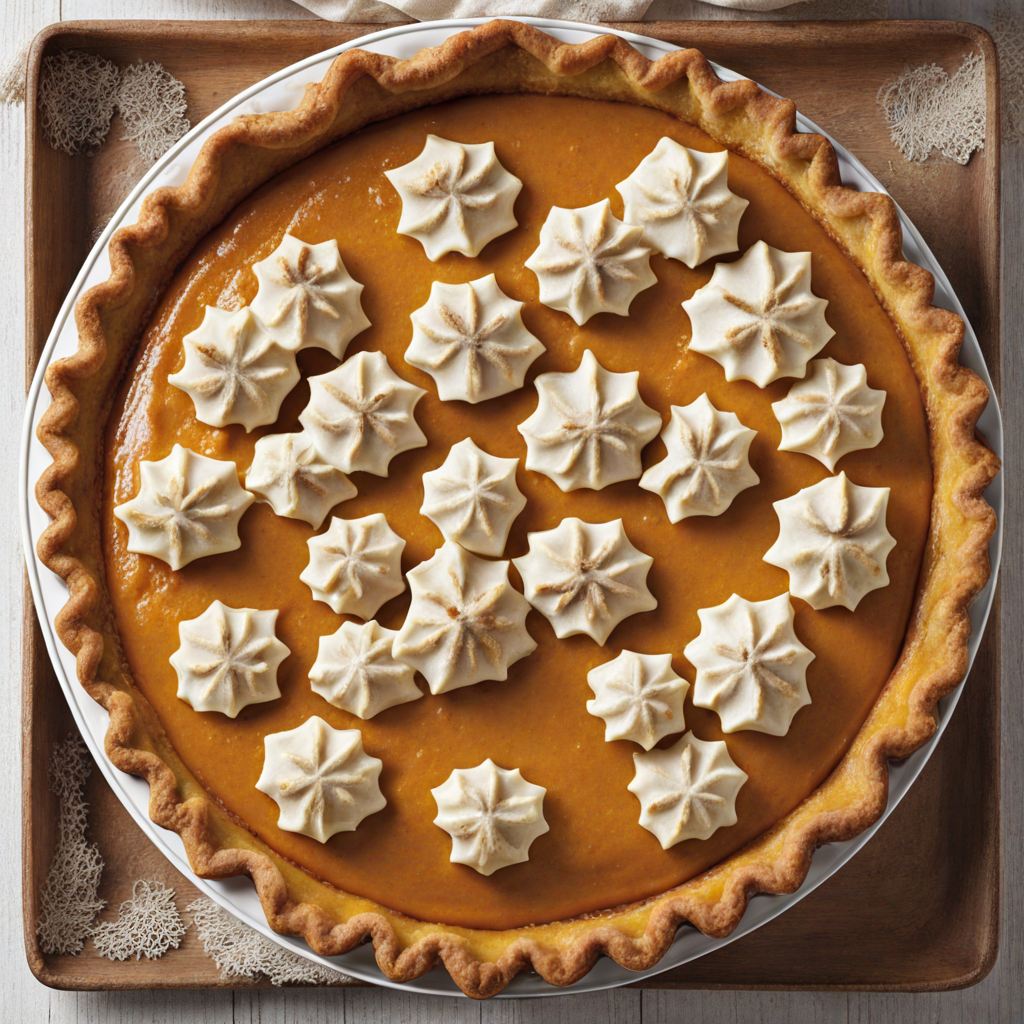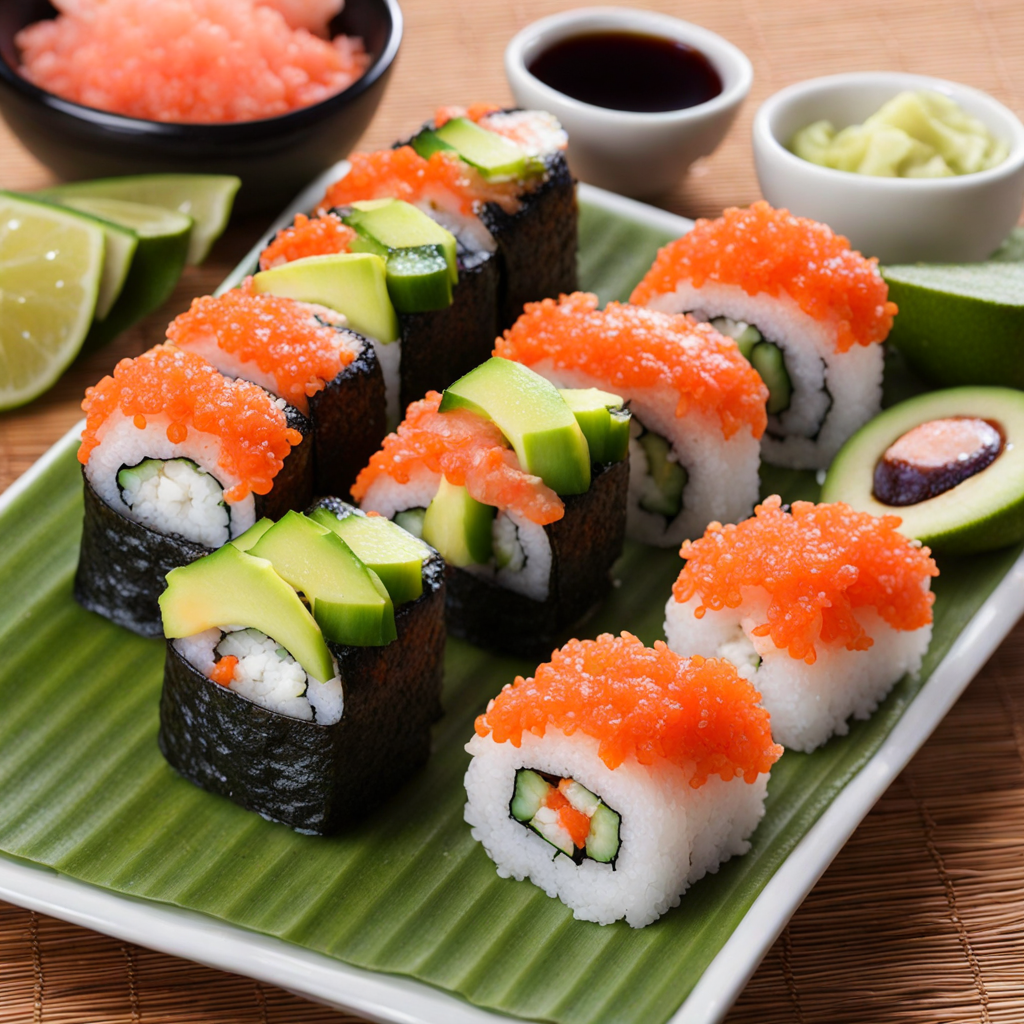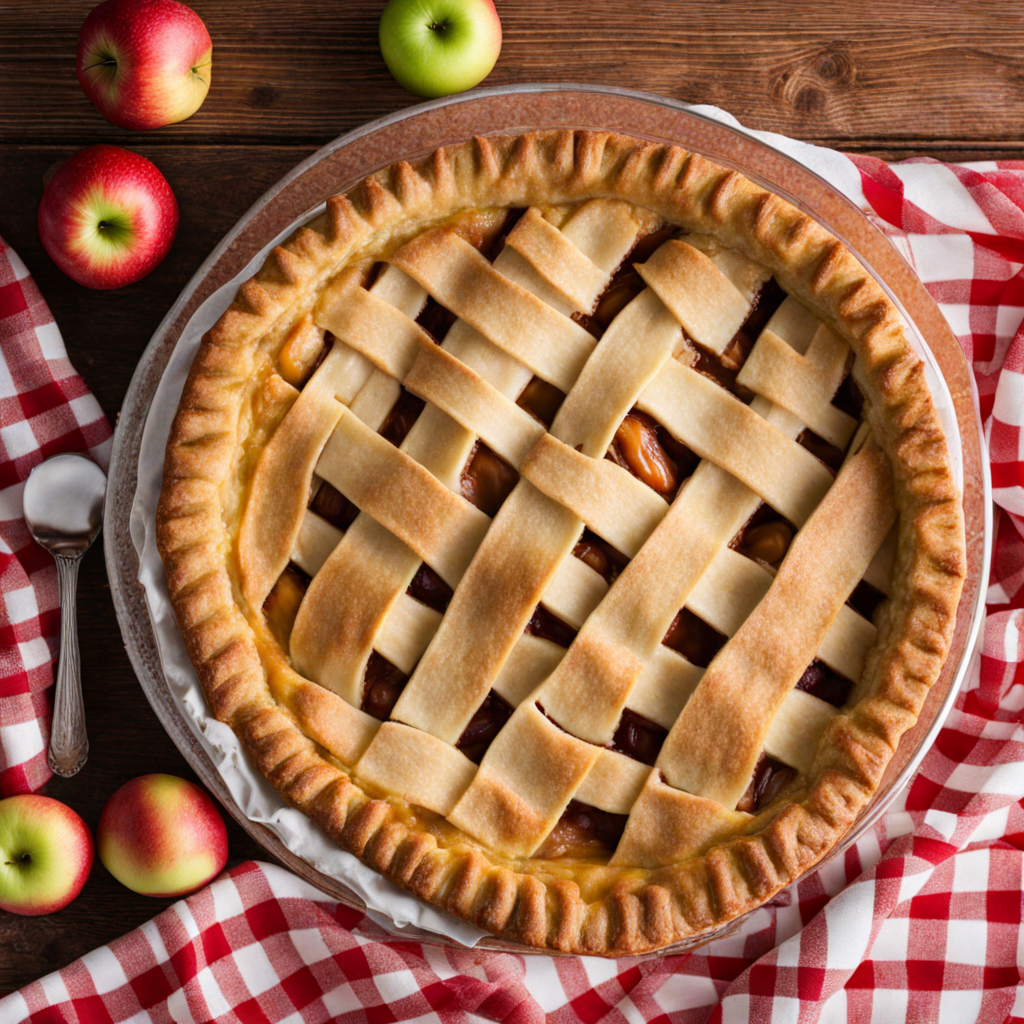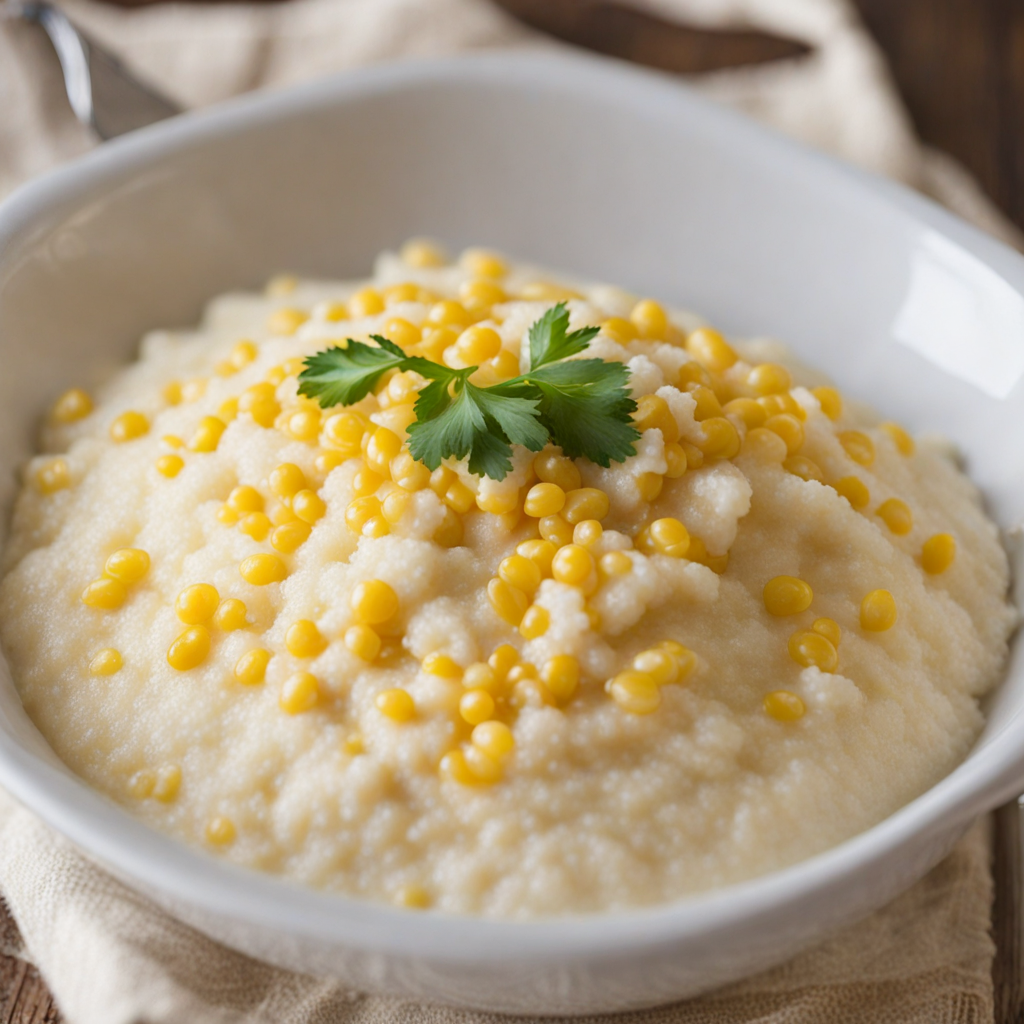Pumpkin Pie
Pumpkin pie is a quintessential American dessert that embodies the essence of fall and the holiday season. This delightful pie features a smooth, velvety filling made from pureed pumpkin, which is often spiced with warm flavors such as cinnamon, nutmeg, and ginger. The combination of these spices creates a comforting aroma that invites you to indulge in its sweet, earthy taste. The filling is typically encased in a buttery, flaky crust that adds a satisfying crunch, contrasting beautifully with the creamy interior. As you take a bite, the initial sweetness of the pumpkin melds with the aromatic spices, offering a rich and complex flavor profile that is both nostalgic and inviting. The texture is a perfect balance between creamy and firm, allowing the pie to hold its shape while still being decadently smooth. Often served with a dollop of whipped cream on top, pumpkin pie elevates the experience, adding a lightness that complements the richness of the filling. This dessert is not just about taste; it also evokes memories of family gatherings and festive celebrations, making it a beloved staple in many households. Enjoying pumpkin pie is not just a culinary experience; it's also a cultural one that represents the harvest and the joys of sharing food with loved ones. Each slice tells a story, whether it's the traditional recipe passed down through generations or a modern twist that incorporates new flavors. With its vibrant orange hue and inviting aroma, pumpkin pie is a celebration of seasonal ingredients, embodying the spirit of togetherness that defines American holidays. It's a dish that invites you to explore the comforting and delightful world of flavors that pumpkin can bring to your palate.
How It Became This Dish
The History of Pumpkin Pie in the United States Pumpkin pie is an emblematic dessert in American cuisine, particularly cherished during the Thanksgiving holiday. Its warm, spiced flavor and smooth, creamy texture evoke nostalgia and comfort, making it a staple on holiday tables across the nation. The history of pumpkin pie is rich and multifaceted, reflecting the convergence of Native American traditions, European culinary practices, and the evolving American identity. #### Origins: The Native American Influence The story of pumpkin pie begins long before the arrival of European settlers. Native Americans were the first to cultivate pumpkins, a member of the gourd family, which flourished in the Americas for thousands of years. Archaeological evidence suggests that pumpkins were being grown and consumed as early as 7,000 B.C. by indigenous peoples. They used the flesh, seeds, and even the dried shells for various purposes, including food, storage, and decoration. Native American tribes, such as the Algonquin and the Iroquois, prepared pumpkins in various ways. They would roast the flesh, dry it for preservation, and incorporate it into stews and other dishes. The seeds were often roasted as a nutritious snack. When European settlers arrived in the 17th century, they were introduced to pumpkins and quickly recognized their potential as a food source. #### The Arrival of European Culinary Traditions As the settlers established their colonies, they brought with them their own culinary practices and traditions. The English and Dutch, in particular, had a significant influence on the development of pumpkin pie. The English had a tradition of making pies filled with various meats and fruits, while the Dutch were known for their sweet, spiced pastries. The first written recipe for pumpkin pie appeared in 1653 in a cookbook published by the English poet and writer, Edward Kidder. However, this early version was quite different from the pumpkin pie we know today. It involved a pastry crust filled with a mixture of pumpkin, spices, and cream, baked until set but not sweetened in the way that modern recipes often call for. The use of spices like nutmeg, cinnamon, and ginger can be traced back to the spice trade and reflect the European desire to enhance flavors in their cooking. #### The Evolution of Pumpkin Pie Over the years, pumpkin pie underwent a transformation as it became increasingly integrated into American culture. By the 18th century, pumpkin pie was being served in households across the colonies. However, it was during the early 19th century that the dessert began to gain prominence, particularly in New England. This period marked the rise of pumpkin pie as a symbol of American identity. As the United States expanded westward, the cultivation of pumpkins became more widespread. Farmers recognized the gourd's adaptability and ability to thrive in various climates, making it a staple crop. The introduction of canned pumpkin in the late 19th century further revolutionized the preparation of pumpkin pie. In 1929, the Libby’s brand began canning pumpkin, making it accessible for home bakers and ensuring a consistent product that could be used year-round. #### Cultural Significance: A Symbol of Thanksgiving Pumpkin pie's association with Thanksgiving is perhaps its most defining characteristic. The holiday, celebrated in November, has roots in the early 17th century when English Pilgrims held a harvest feast with Native Americans. While there is no definitive record of pumpkin pie at the first Thanksgiving in 1621, pumpkins were certainly present, and it is likely that some form of pumpkin dish was served. By the 19th century, pumpkin pie had become a traditional part of Thanksgiving dinners, embodying the spirit of gratitude and abundance. It was during this time that the iconic image of a Thanksgiving table laden with turkey, stuffing, and pumpkin pie solidified in American culture. The pie came to symbolize not only the harvest season but also the blending of cultures—the indigenous practices of utilizing pumpkin and the European tradition of pie-making. The Great Depression in the 1930s saw pumpkin pie becoming even more significant. It was an affordable and filling dessert during a time of economic hardship, allowing families to enjoy a festive meal without breaking the bank. This further entrenched pumpkin pie in the American culinary landscape as an essential part of holiday celebrations. #### Modern Interpretations and Variations In contemporary America, pumpkin pie has evolved beyond its traditional roots. While the classic recipe—made with pumpkin puree, sugar, spices, and a flaky crust—remains popular, variations abound. Some bakers experiment with different spices, adding ingredients like maple syrup or even chocolate to enhance the flavor profile. Others forgo the crust entirely, opting for crustless versions to cater to dietary preferences. The rise of veganism and gluten-free diets has also influenced pumpkin pie recipes. Alternative ingredients such as coconut milk or almond milk are used to create plant-based versions, while gluten-free crusts made from almond flour or oats are increasingly common. These adaptations reflect the ongoing evolution of pumpkin pie, demonstrating its versatility and ability to resonate with diverse palates. #### Conclusion: A Lasting Legacy Today, pumpkin pie is more than just a dessert; it is a symbol of American heritage and community. Its rich history, rooted in both Native American and European traditions, reflects the complex tapestry of American culture. As families gather around the table to celebrate Thanksgiving, the presence of pumpkin pie serves as a reminder of the shared history, resilience, and gratitude that define the American experience. In many ways, pumpkin pie embodies the spirit of the nation itself—a blend of tradition and innovation, simplicity and complexity. Its enduring popularity ensures that it will continue to be a beloved dish for generations to come, a slice of history served with every helping. As the seasons change and fall descends, the aroma of pumpkin pie in the oven signals the arrival of cherished memories and the joy of togetherness, making it a timeless classic in American culinary tradition.
You may like
Discover local flavors from United States


